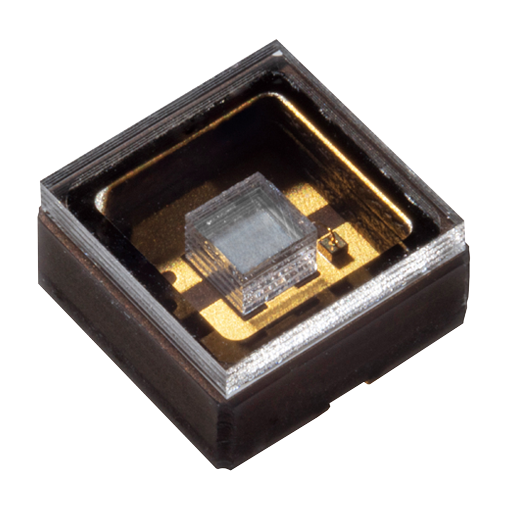Tokushima, Japan - 6 December 2023: Nichia, the world’s largest LED manufacturer and inventor of the high-brightness blue and white LED, is scheduled to launch two new UV LEDs in March 2024: UV-B LED with a peak wavelength of 308nm and UV-A LED with a peak wavelength of 330nm.
The spectrum of high-pressure mercury lamps, which are commonly used as the light source for ultraviolet irradiation devices, includes peak emissions at 280nm, 365nm, and 405nm, as well as around 308nm and 330nm. With UV LEDs at 280nm, 365nm, and 405nm already in mass production, Nichia has now chosen to add to its UV LED portfolio with the development of 308nm and 330nm LEDs. With this broad product portfolio, Nichia believes that it will be able to successfully meet the replacement of high-pressure mercury lamps in most of applications.
Nichia’s new UV-B and UV-A LEDs, scheduled for release in 2024, deliver the highest power conversion efficiency and radiation flux in the industry for LEDs with peak wavelengths of 308nm and 330nm, respectively (according to Nichia's research). These new LEDs feature the same 3.5mm x 3.5mm packages as Nichia’s highly acclaimed 434 Series UV-C LED, currently in mass production. Nichia has successfully developed a UV LED portfolio where all wavelength ranges are available in the same size, enabling the creation of fixtures that combine various wavelengths and allowing for high-density installations.
In addition to being an alternative technology to mercury lamps, the UV emission from the 308nm UV-B LED is also considered to be effective in vitamin D production and in the control of plant diseases and insect pests. Nichia expects that this technology will be applied in these medical and agricultural fields in the future.
Product Specifications (Tentative):
|
|
UV-B LED
|
UV-A LED
|
|
Part No.
|
NCSU434B
|
|
Size (L x W x H)
|
3.5mm x 3.5mm x 1.72mm
|
|
Rated Current
|
350mA
|
|
Peak Wavelength
|
Typ. 308nm
|
Typ. 330nm
|
|
Radiant Flux
|
Typ. 90mW
|
Typ. 100mW
|
|
VF
|
Typ. 5.0V
|
Typ. 5.0V
|
|
Directivity
|
Typ. 110°
|
Typ. 110°
|

Product Image
Product samples of discrete LEDs or LEDs mounted on boards to expedite design efforts are already available and can be requested through Nichia’s sales representatives or the Contact Form via Nichia’s website.
Nichia promises to continue developing UV LEDs with improved performance to contribute to the realization of a mercury-free society and carbon neutrality and to help solve social issues including improvement of food self-sufficiency.
Release: 31 March, 30 September 2023
Language: Traditional Chinese / English
Format: PDF / EXCEL
Page: 50-60 / Semi-Annual
If you would like to know more details , please contact:





 CN
TW
EN
CN
TW
EN






